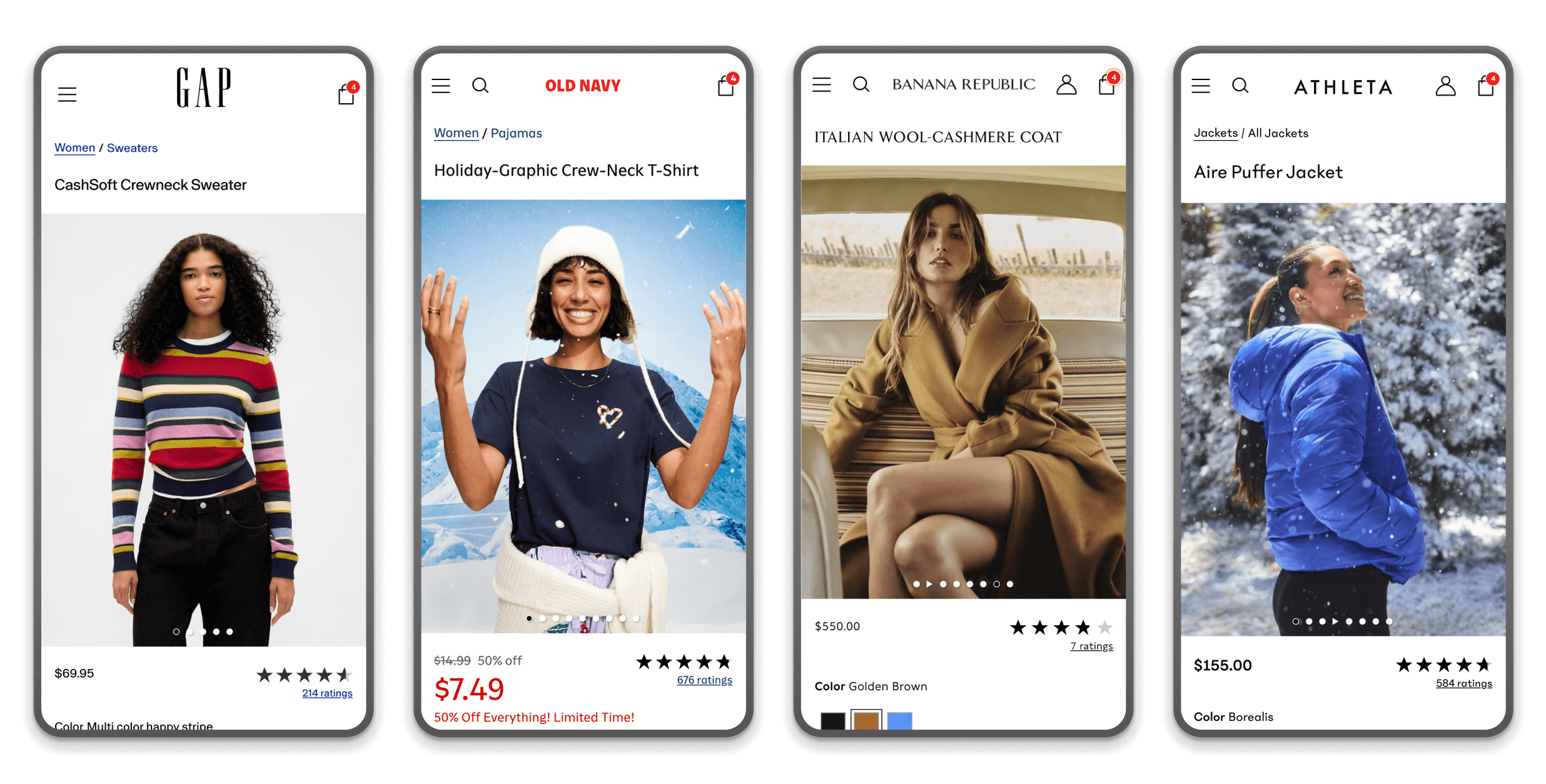
Case


The Challenge
My Role
As Lead UX/UI Designer, I led research and feature design across key touch points in the product detail page and browsing catalog.
Solution
Learnings
Outcomes
In summary, tackling UX and product design challenges in multi-brand environments requires a strategic approach that balances consistency with flexibility, leveraging a unified design system and iterative improvements based on user-centric insights. This approach not only resolves our design issues but also adds long-term value by enhancing brand coherence and user experience across the board.